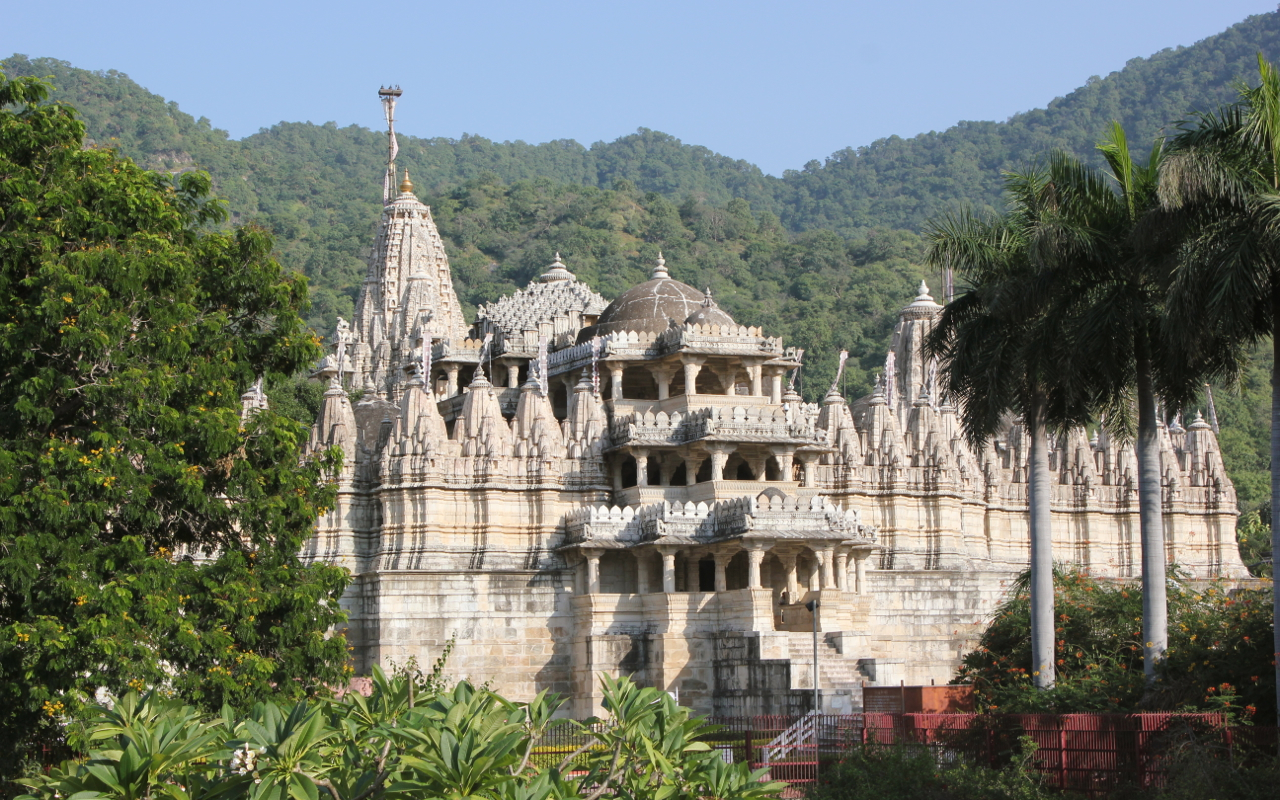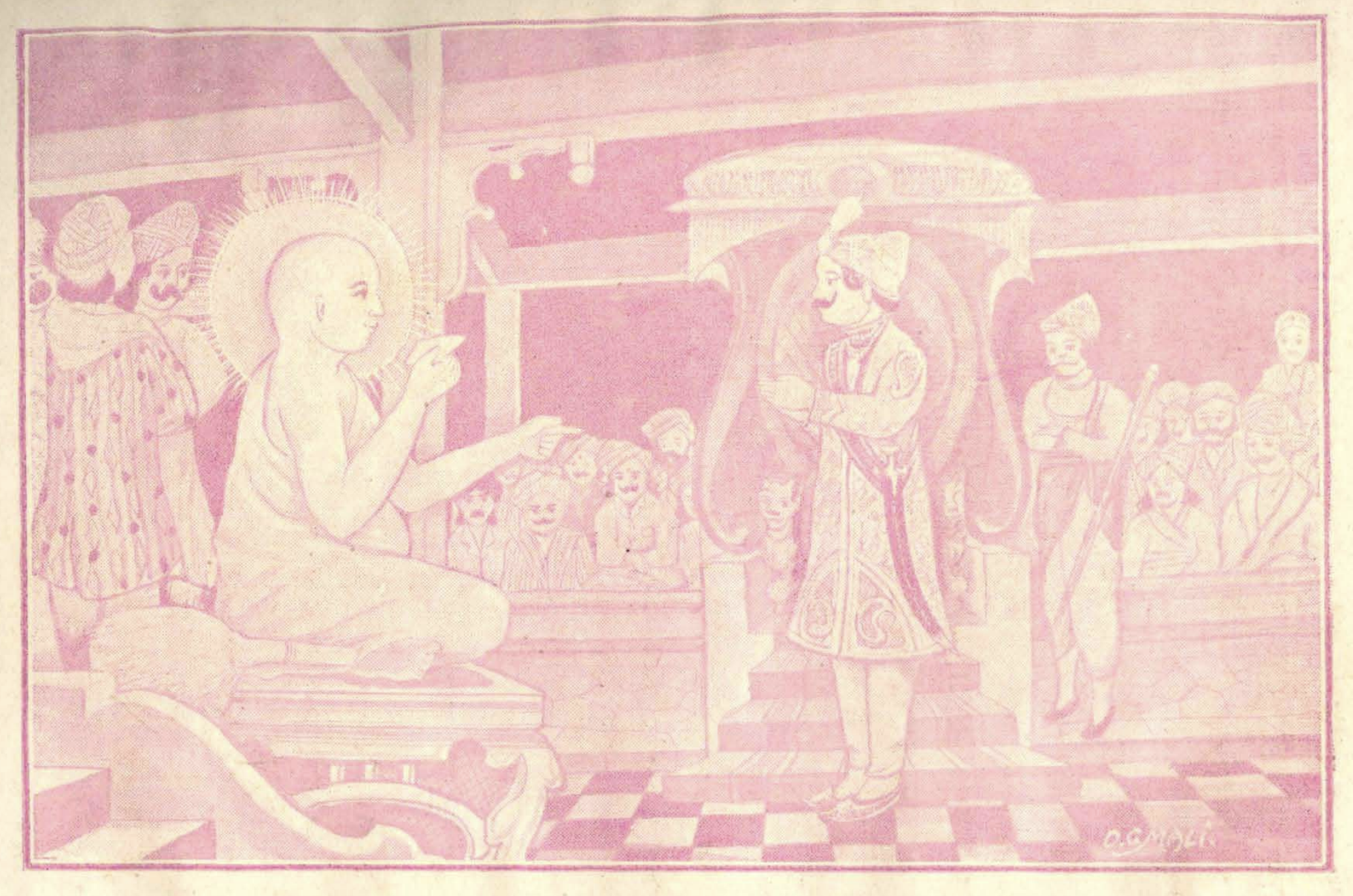Porwal on:
[Wikipedia]
[Google]
[Amazon]
 Poravāla, correctly called Poravāḍa, is a
Poravāla, correctly called Poravāḍa, is a

 Poravāla, correctly called Poravāḍa, is a
Poravāla, correctly called Poravāḍa, is a Kshatriya
Kshatriya () (from Sanskrit ''kṣatra'', "rule, authority"; also called Rajanya) is one of the four varnas (social orders) of Hindu society and is associated with the warrior aristocracy. The Sanskrit term ''kṣatriyaḥ'' is used in the con ...
community that originated in southern Rajasthan
Rajasthan (; Literal translation, lit. 'Land of Kings') is a States and union territories of India, state in northwestern India. It covers or 10.4 per cent of India's total geographical area. It is the List of states and union territories of ...
, India. They are mainly of Jain or Hindu
Hindus (; ; also known as Sanātanīs) are people who religiously adhere to Hinduism, also known by its endonym Sanātana Dharma. Jeffery D. Long (2007), A Vision for Hinduism, IB Tauris, , pp. 35–37 Historically, the term has also be ...
faith. The name Poravāla was applied on the basis of the names of other Bania communities ( Osavāla, Agaravāla, Khaṇḍelavāla, etc.).
The name Poravāḍa is derived from Prāgavaṭa. The caste is divided into 24 gotras. They are also divided into three sections (from highest to lowest status): Visā, Dasā and Pañcā Poravāḍas. According to tradition the Visā and Dasā divisions arose in the 13th century. The brothers Vastupāla and Tejapāla were the sons of Poravāḍa father and Śrīmāli mother. The Poravādas who chose to eat with the brothers became Dasā, and those who refused became Visā. The Visā and Dasā interdine but do not intermarry. The Visās tend to be Jain while Dasā's tend to be Vaishnav. Formerly interreligious marriages occurred between Jains and Vaishnavs of the same sub-caste.
They originated from a region east of ancient Shrimal. In antiquity, they appear to be numerous and among the wealthiest communities in the region.
Many Jain temples were built by the Porwals, including:
* Ranakpur Jain temple of Dharna Shah, completed in 1441 CE
* Luna Vasahi (1231 CE) of Vastupal and Tejpal at Mount Abu
* The Adinath temple at Shatrunjaya
Shatrunjaya, also spelled Shetrunjaya ("place of victory against inner enemies") and originally known as Pundarikgiri, is a range of hills located near the city of Palitana in the Bhavnagar district of Gujarat, India. The hills are situated on ...
by Javad Shah in 961 AD, which was subsequently renovated several times.
The Porwal community became divided into several regional communities including the Pure Poravāḍas, Soraṭhiya Poravāḍas, and Kapola Poravāḍas.
Poravāḍa Jains are mostly Śvetāmbara
The Śvetāmbara (; also spelled Shwetambara, Shvetambara, Svetambara or Swetambara) is one of the two main branches of Jainism, the other being the Digambara. ''Śvetāmbara'' in Sanskrit means "white-clad", and refers to its ascetics' practi ...
with some Digaṁbaras. The historian H. L. Jain has suggested that Krisha, the patron of Muni Srichandra, a Digambara monk, belonged to the same Ninanvaya clan as Vimala who built the Vimala Vasahi temple at Abu.Muni Srichandra's Kahakosu, Prakrit Text Society, 1969, H.L. Jain editor
In the 16th century, Pushti Marga was founded by Vallabha
Vallabha, also known as Vallabhācārya or Vallabha Dīkṣita (May 7, 1478 – July 7, 1530 CE), was the founder of the Krishna, Kr̥ṣṇa-centered Pushtimarg, Puṣṭimārga sect of Vaishnavism, and propounded the philosophy of Shuddhadvait ...
, a Brahmin scholar from Telangana
Telangana is a States and union territories of India, state in India situated in the Southern India, south-central part of the Indian subcontinent on the high Deccan Plateau. It is the List of states and union territories of India by area, ele ...
, who proposed that in the modern age, it is too hard to follow the Jnana and Karma
Karma (, from , ; ) is an ancient Indian concept that refers to an action, work, or deed, and its effect or consequences. In Indian religions, the term more specifically refers to a principle of cause and effect, often descriptively called ...
Margs. He proposed Pushti Marga ( Raag, Bhog and Shringar used in the seva of Shri Krishna
Krishna (; Sanskrit language, Sanskrit: कृष्ण, ) is a major deity in Hinduism. He is worshipped as the eighth avatar of Vishnu and also as the Supreme God (Hinduism), Supreme God in his own right. He is the god of protection, c ...
) as an alternative. A section of the Porwals converted to Pushtimarga. Those who have converted to the Pushtimarg are known as Meshri (derived from Maheshwari) or Vania.
Creation of the ''Prāgvat'' (''Porvāl'') Clan
After his sermons at '' Śrīmal'' and creation of the ''Śrīmali'' clan'','' householders and King Jayasen requestedŚvetāmbara
The Śvetāmbara (; also spelled Shwetambara, Shvetambara, Svetambara or Swetambara) is one of the two main branches of Jainism, the other being the Digambara. ''Śvetāmbara'' in Sanskrit means "white-clad", and refers to its ascetics' practi ...
Jain monk Acharya Swayamprabhasuri to visit the region of ''Padmavati'' near Aravalli Range
The Aravalli Range (also spelled ''Aravali'') is a mountain range in North India, Northern-Western India, running approximately in a south-west direction, starting near Delhi, passing through southern Haryana and Rajasthan, and ending in Ahme ...
since similar practices of animal sacrifice
Animal sacrifice is the ritual killing and offering of animals, usually as part of a religious ritual or to appease or maintain favour with a deity. Animal sacrifices were common throughout Europe and the Ancient Near East until the spread of Chris ...
were being performed there. He agreed to it and owing to his ''labdhi'' and ''vidyā'', reached ''Padmavati'' within a period of 48 minutes the morning of when the ''Ashvamedha Yagya'' was scheduled to be performed. He entered the king's court.
Since this was a while after Swayamprabhsuri's sermons in '' Śrīmal,'' Brahmin
Brahmin (; ) is a ''Varna (Hinduism), varna'' (theoretical social classes) within Hindu society. The other three varnas are the ''Kshatriya'' (rulers and warriors), ''Vaishya'' (traders, merchants, and farmers), and ''Shudra'' (labourers). Th ...
s stated that they knew of his sermons at '' Śrīmal'' and that they would not accept his ideology. Swayamprabhasuri emphasized the importance of a ''bhāv yagya'' ( ''Homa'' performed mentally and not physically) to prevent animal sacrifice
Animal sacrifice is the ritual killing and offering of animals, usually as part of a religious ritual or to appease or maintain favour with a deity. Animal sacrifices were common throughout Europe and the Ancient Near East until the spread of Chris ...
. He further explained with the analogy that with ''karma'' as the wood and non-violence as the sacrifice, one purifies their soul and becomes eligible for ''moksha
''Moksha'' (; , '), also called ''vimoksha'', ''vimukti'', and ''mukti'', is a term in Jainism, Buddhism, Hinduism, and Sikhism for various forms of emancipation, liberation, '' nirvana'', or release. In its soteriological and eschatologic ...
''. He further explained the meaning of the ''Ratnatraya
Jainism emphasises that ratnatraya (triple gems of Jainism) — the right faith (''Samyak Darshana''), right knowledge (''Samyak Gyana'') and right conduct (''Samyak Charitra'') — constitutes the path to liberation. These are known as the tripl ...
''.

Brahmin
Brahmin (; ) is a ''Varna (Hinduism), varna'' (theoretical social classes) within Hindu society. The other three varnas are the ''Kshatriya'' (rulers and warriors), ''Vaishya'' (traders, merchants, and farmers), and ''Shudra'' (labourers). Th ...
s lost the ensuing debate, and the residents of 45000 households of the kingdom and King Padmasena accepted Jainism
Jainism ( ), also known as Jain Dharma, is an Indian religions, Indian religion whose three main pillars are nonviolence (), asceticism (), and a rejection of all simplistic and one-sided views of truth and reality (). Jainism traces its s ...
. However, as a to respect the Brahmin
Brahmin (; ) is a ''Varna (Hinduism), varna'' (theoretical social classes) within Hindu society. The other three varnas are the ''Kshatriya'' (rulers and warriors), ''Vaishya'' (traders, merchants, and farmers), and ''Shudra'' (labourers). Th ...
s, the name of the newly established caste was decided to be ''Prāgvat'' as the Brahmin
Brahmin (; ) is a ''Varna (Hinduism), varna'' (theoretical social classes) within Hindu society. The other three varnas are the ''Kshatriya'' (rulers and warriors), ''Vaishya'' (traders, merchants, and farmers), and ''Shudra'' (labourers). Th ...
s who lost were ''Prāgvata Brahmins''. Later on, the clan came to be known as ''Porvāl.''
It is further stated that he consecrated a temple and an idol of the 16th Tirthankara Shantinatha at ''Padmavati'' among several temples and icons he consecrated at various villages and towns surrounding ''Padmavati''.
See also
* Jainism in RajasthanReferences
{{coord missing, Rajasthan Indian Jains Indian Hindus Jain communities Rajasthan Bania communities Social groups of Rajasthan Social groups of Gujarat Social groups of Madhya Pradesh People from Jalore district Hindu communities Marwari people